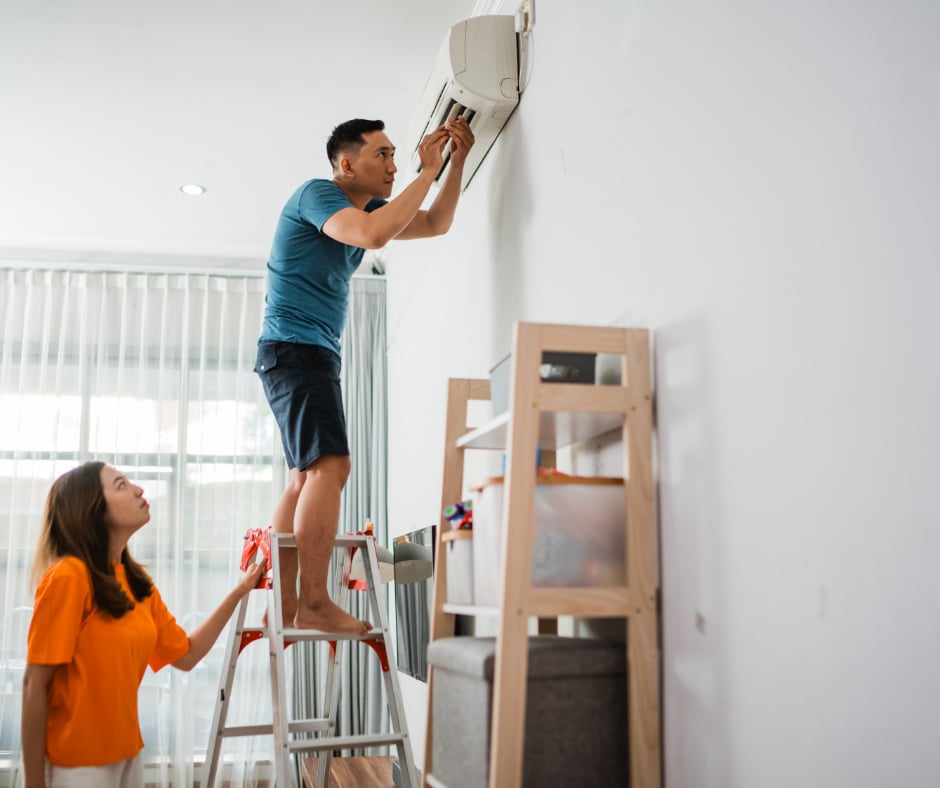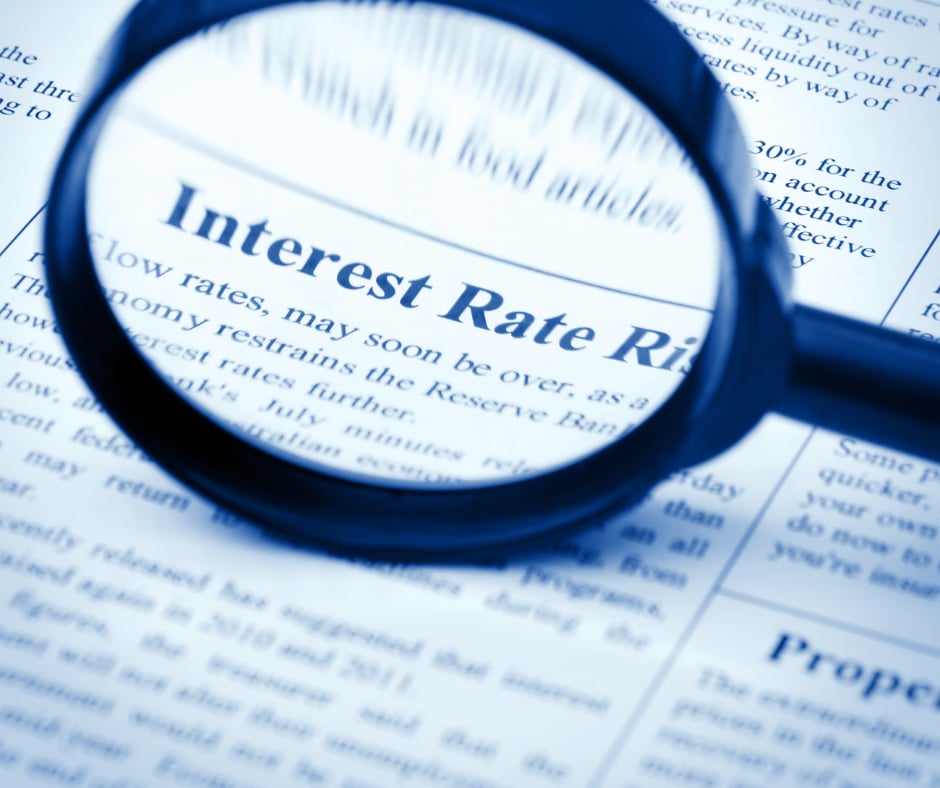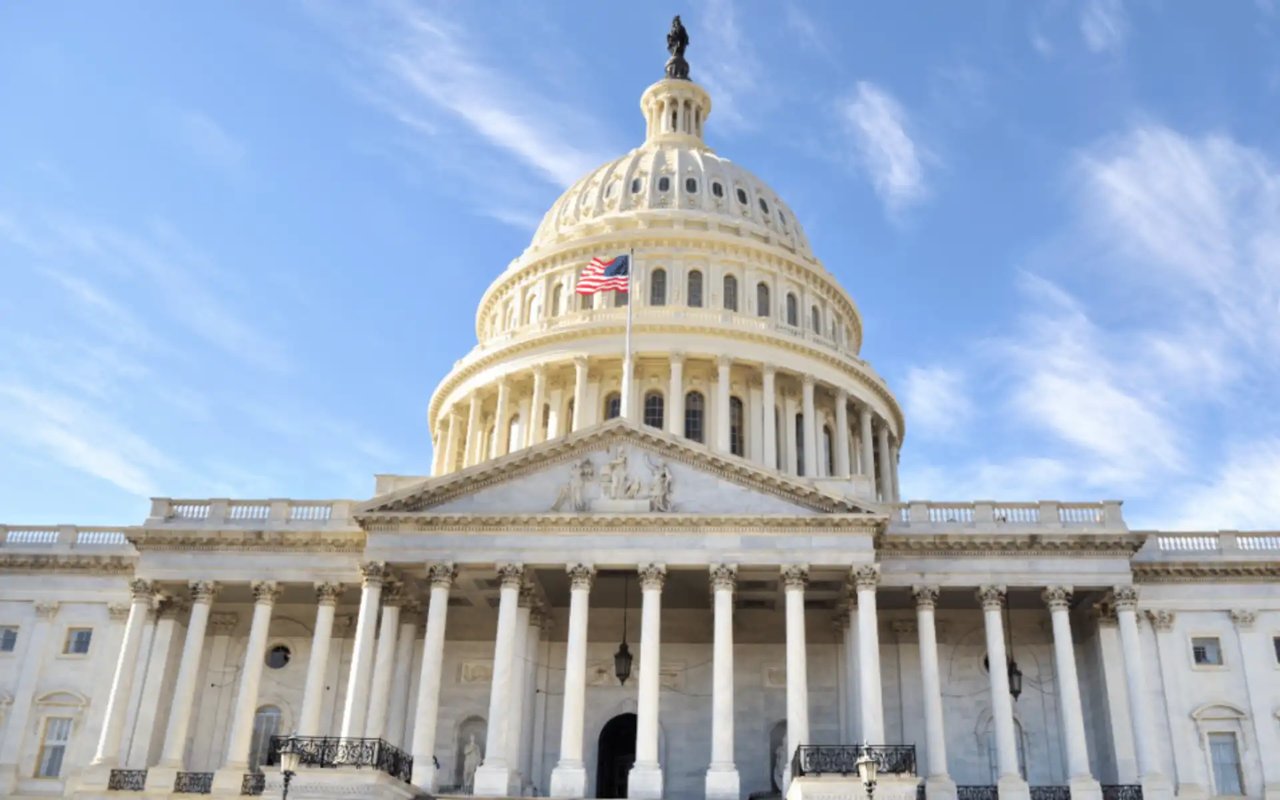Understanding Fannie Mae’s PMI Cancellation Rules: What Homeowners Need to Know
For many homebuyers, especially first-time buyers, private mortgage insurance (PMI) is a necessary part of purchasing a home with less than 20% down. PMI protects the lender in case the borrower defaults, but it can add hundreds of dollars to monthly mortgage payments. Fortunately, homeowners don’t have to pay PMI forever—and if your loan is backed by Fannie Mae, you may be eligible to cancel it sooner than you think.
What Is PMI?
PMI is typically required on conventional loans when the borrower’s down payment is less than 20% of the home’s purchase price. It’s an additional monthly cost, often ranging from 0.3% to 1.5% of the original loan amount per year.
When Can You Cancel PMI on a Fannie Mae Loan?
Fannie Mae has specific guidelines for PMI cancellation under the Homeowners Protection Act (HPA) of 1998, along with some unique policies that give homeowners more flexibility.
1. Automatic Cancellation
PMI is automatically canceled by the servicer when:
-
Your loan reaches 78% loan-to-value (LTV), based on the original value of the home (typically the purchase price or appraised value at the time of purchase, whichever is less).
-
You are current on your mortgage payments.
2. Borrower-Initiated Cancellation
You can request PMI cancellation when your loan reaches 80% LTV, based on the original value. To qualify:
-
You must have a good payment history (no 30-day late payments in the last 12 months and no 60-day late payments in the last 24 months).
-
The property must not have a second lien.
-
You may need to pay for a current appraisal to confirm the home’s value.
3. Cancellation Based on Current Property Value
In some cases, Fannie Mae allows PMI to be canceled based on the current market value of your home (not just the original purchase price), particularly when:
-
You’ve made substantial improvements to the property, or
-
The local market has appreciated significantly since you purchased.
Depending on how long you've had the loan:
-
If less than 2 years, you’ll need to show that your current LTV is 75% or less due to improvements.
-
If 2–5 years have passed, your LTV must be 75% or lower, and you’ll typically need an appraisal.
-
If it's been more than 5 years, LTV can be up to 80%.
How to Request PMI Cancellation
-
Contact your loan servicer (the company you make payments to).
-
Request a PMI cancellation review.
-
Be prepared to:
-
Provide proof of timely payments.
-
Pay for a new appraisal (if required).
-
Meet equity and LTV thresholds.
-
Why Canceling PMI Matters
Canceling PMI can save you a significant amount of money every month. For example, on a $300,000 loan with a PMI rate of 0.5%, you're paying about $125/month. Canceling it as soon as you're eligible can result in substantial long-term savings.
Final Thoughts
If your mortgage is backed by Fannie Mae and you’ve reached a certain equity level in your home, you may be able to cancel your PMI—either automatically or by request. Keeping an eye on your home’s value and your mortgage balance can help you act as soon as you’re eligible. For homeowners building equity quickly or living in appreciating markets, PMI cancellation could be right around the corner.
Always reach out to your loan servicer to explore your specific options and determine the best path to eliminate PMI.












































